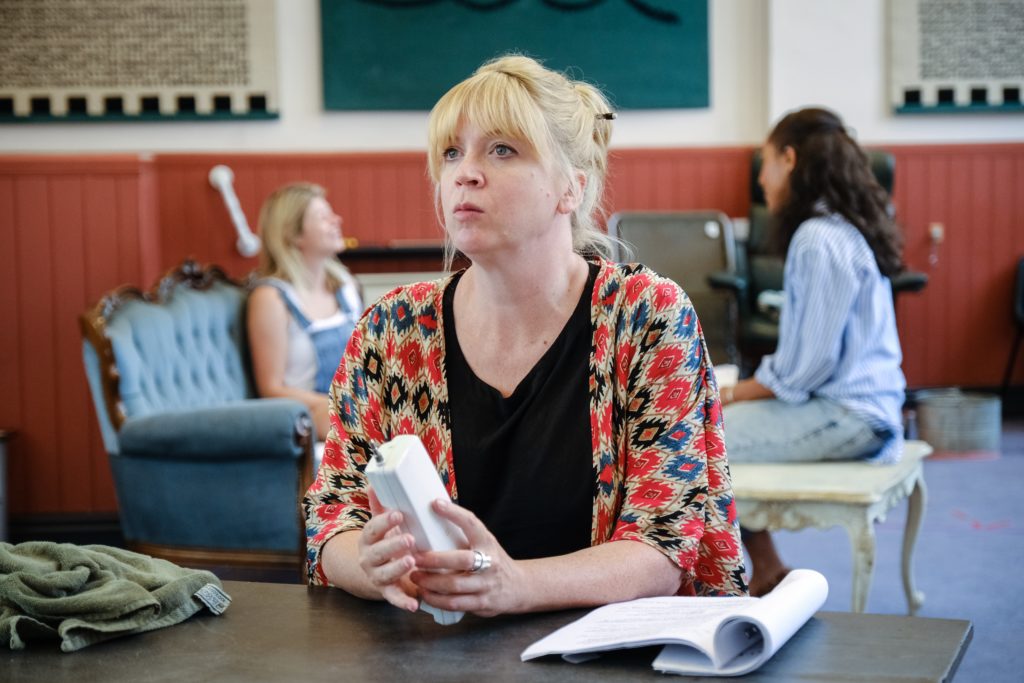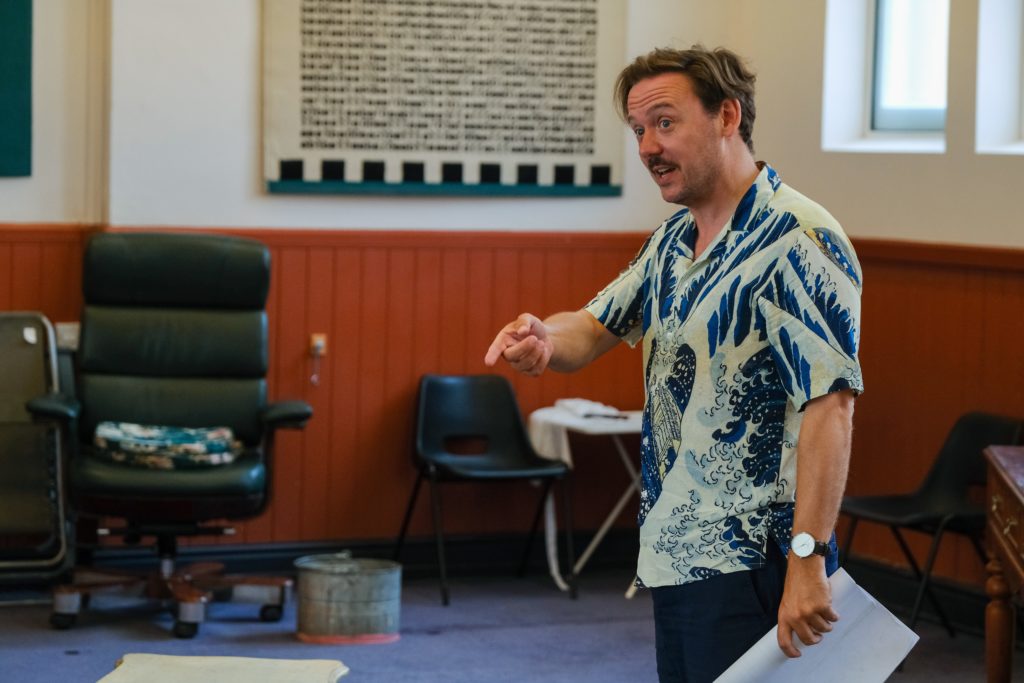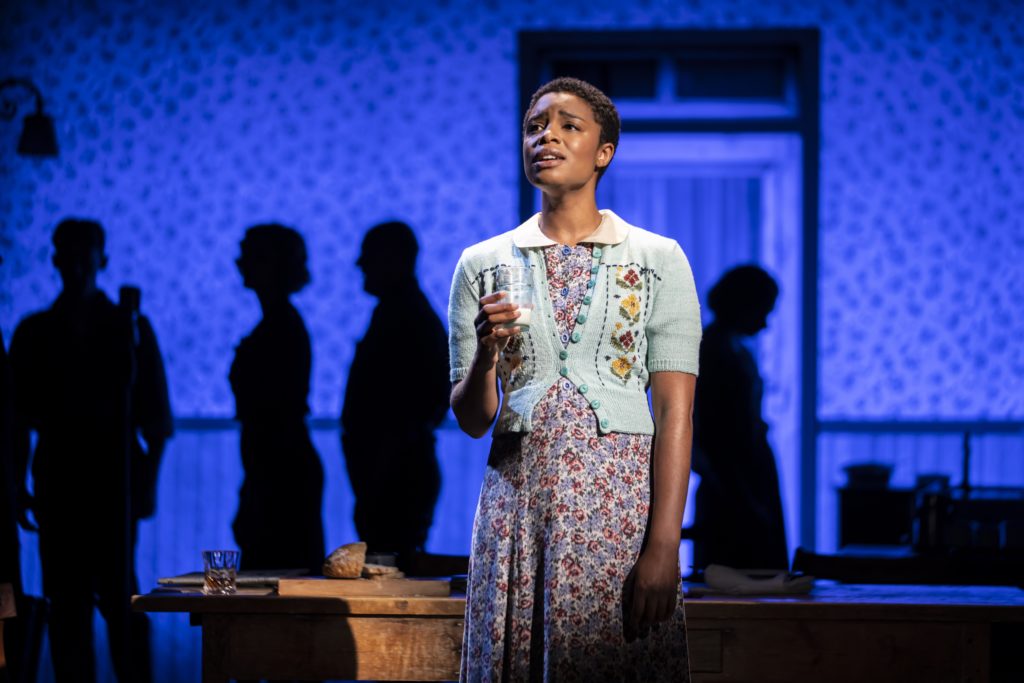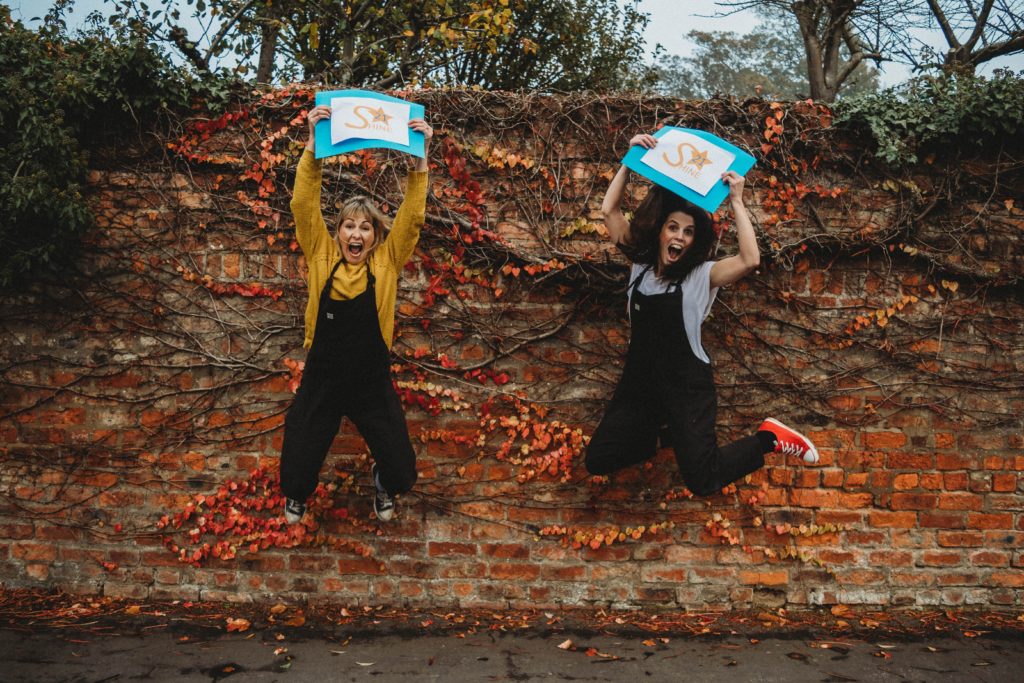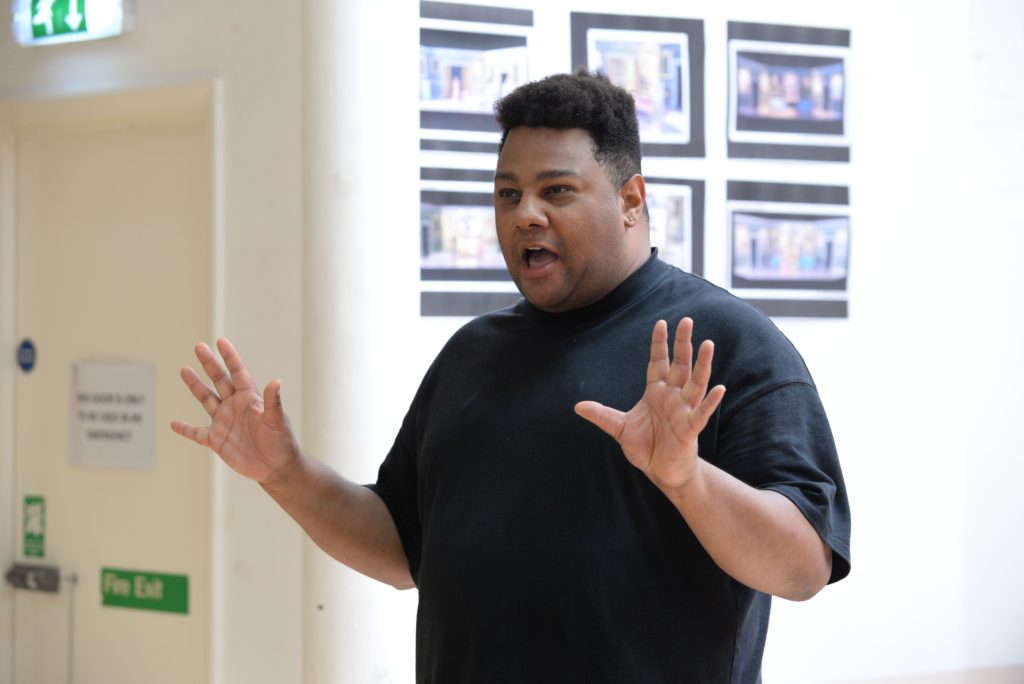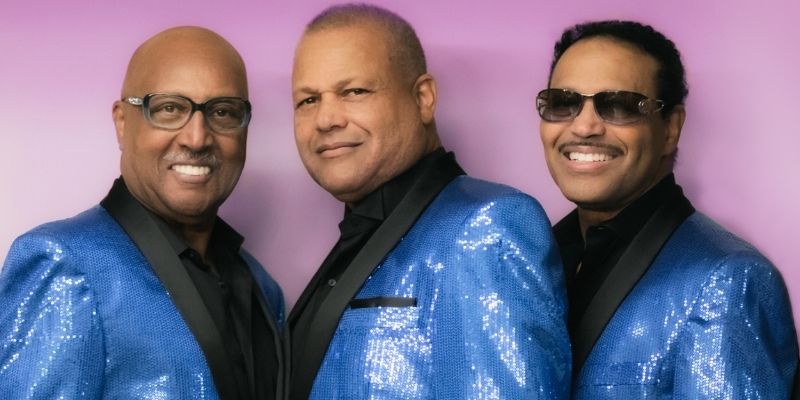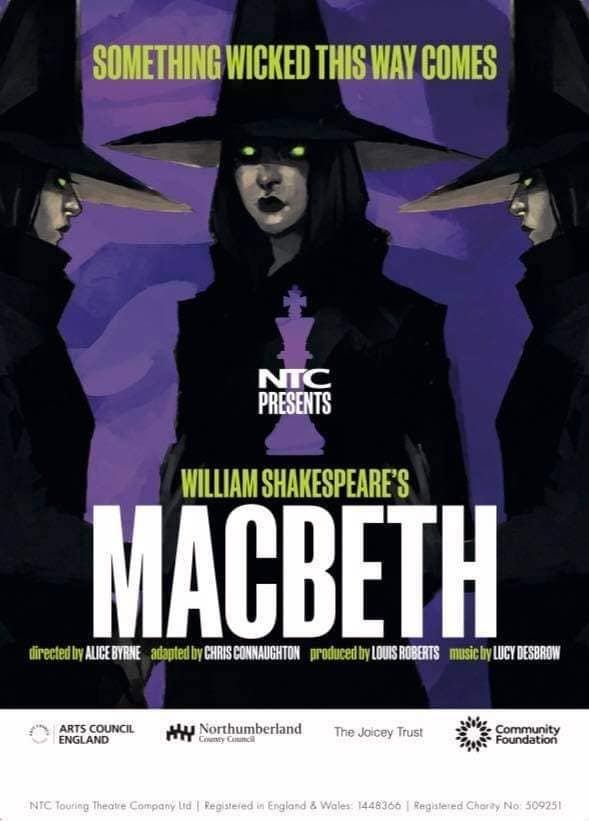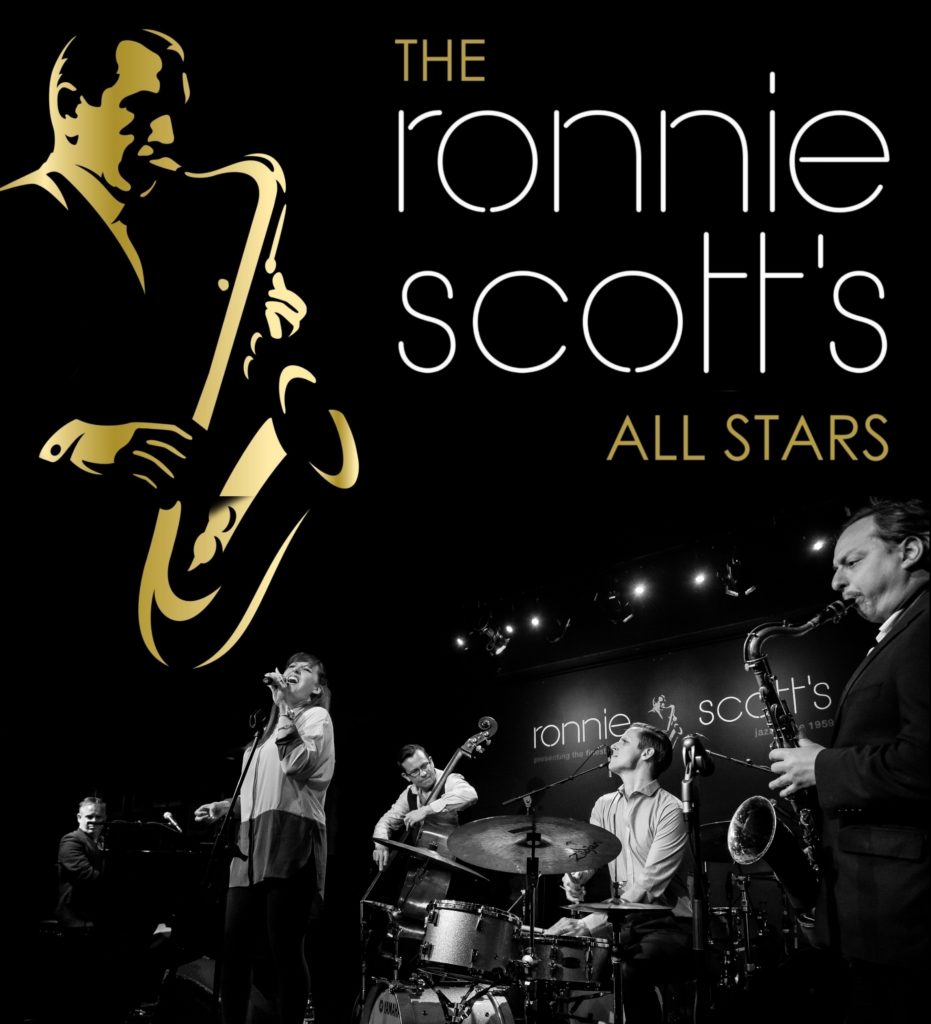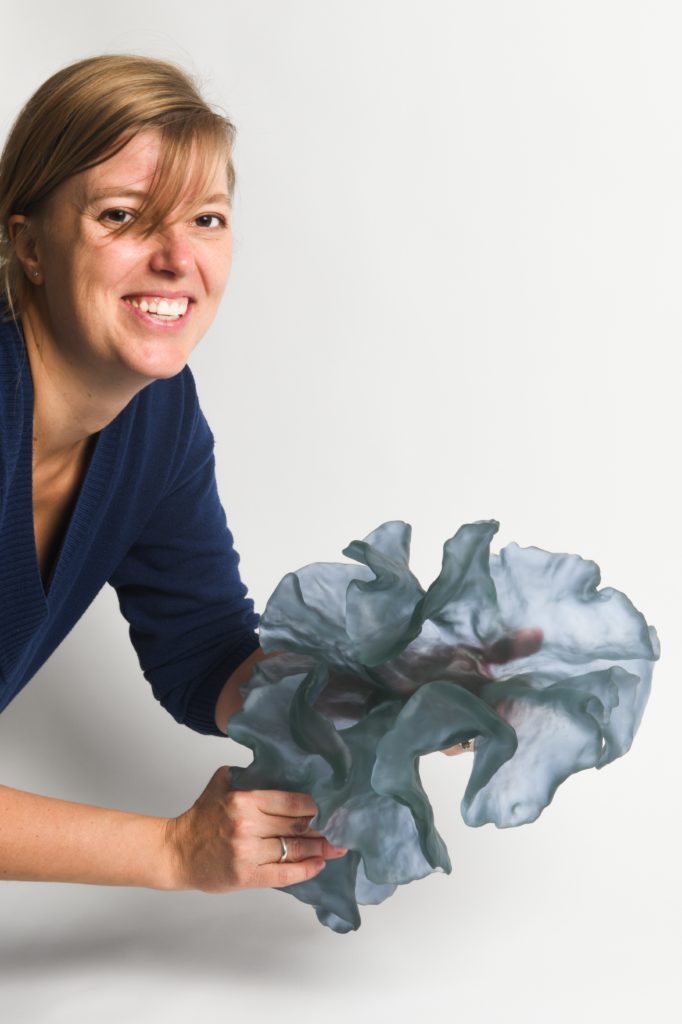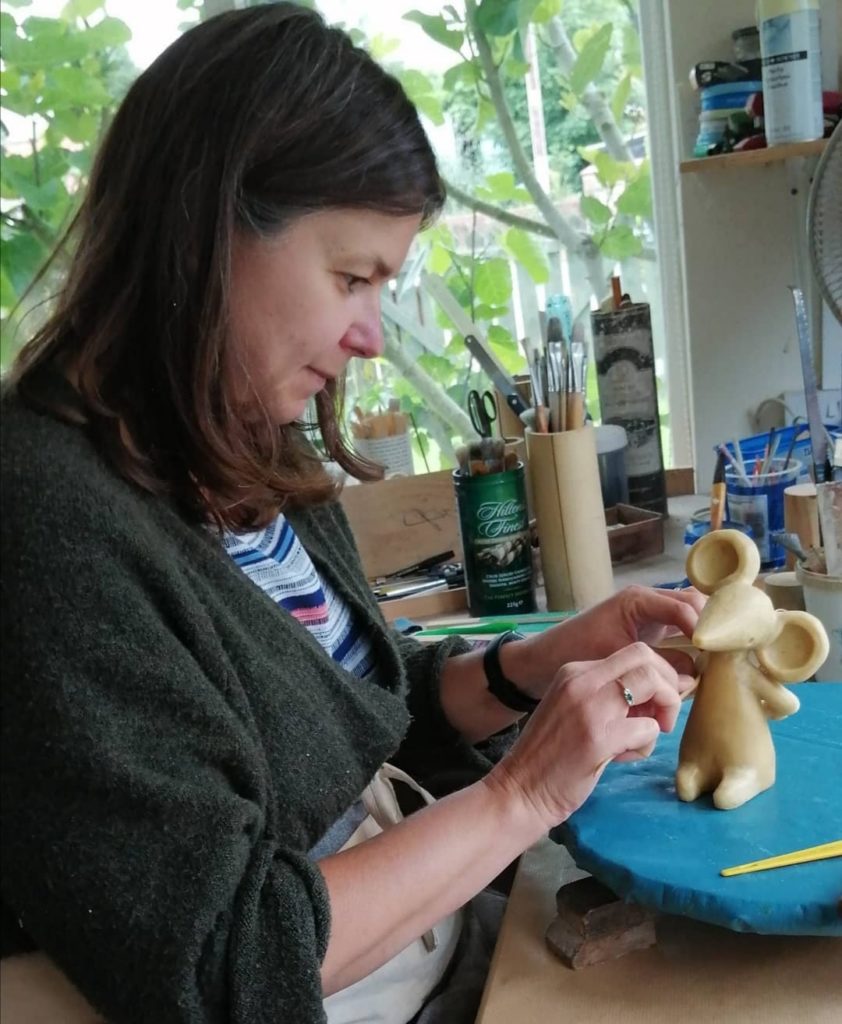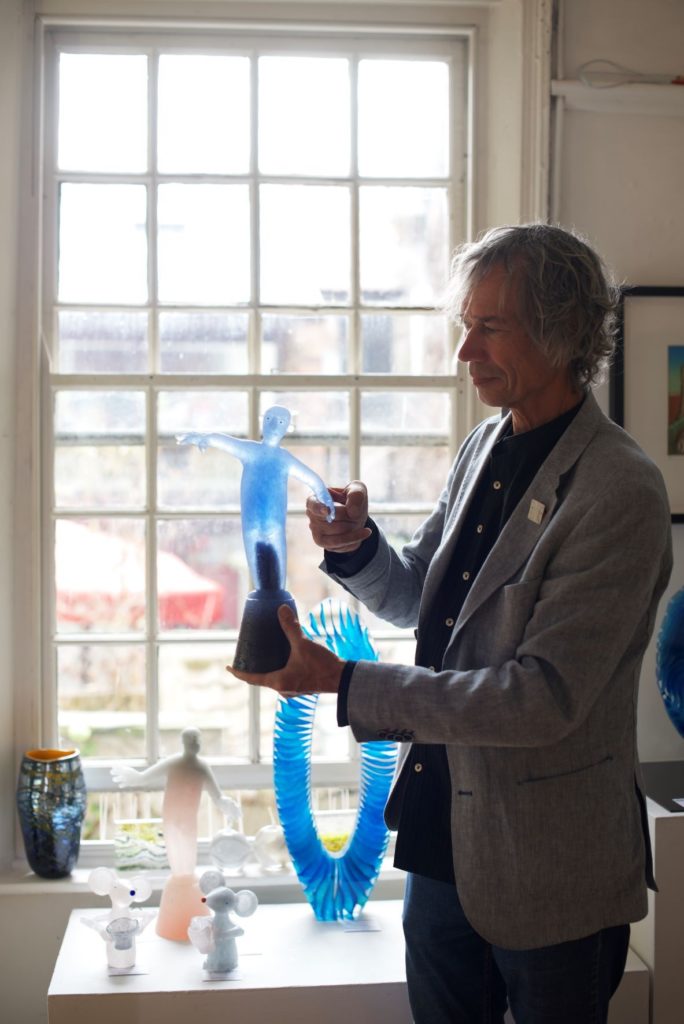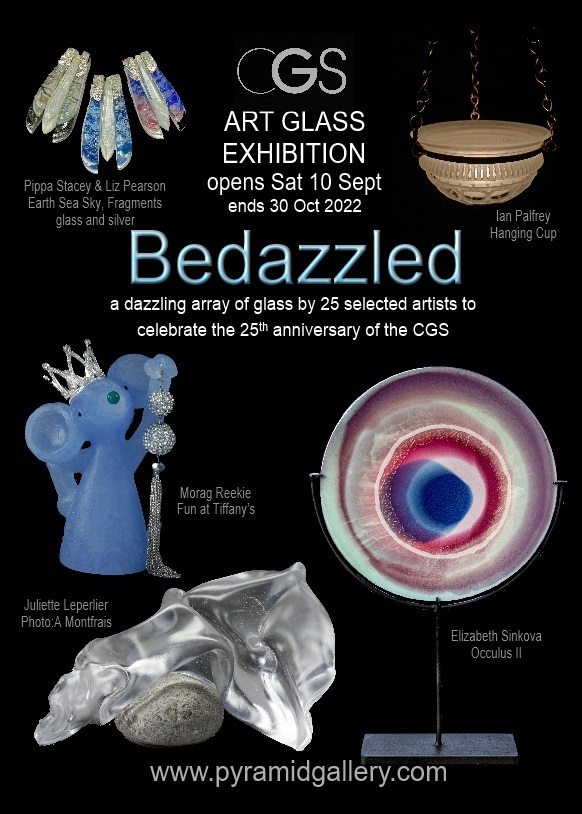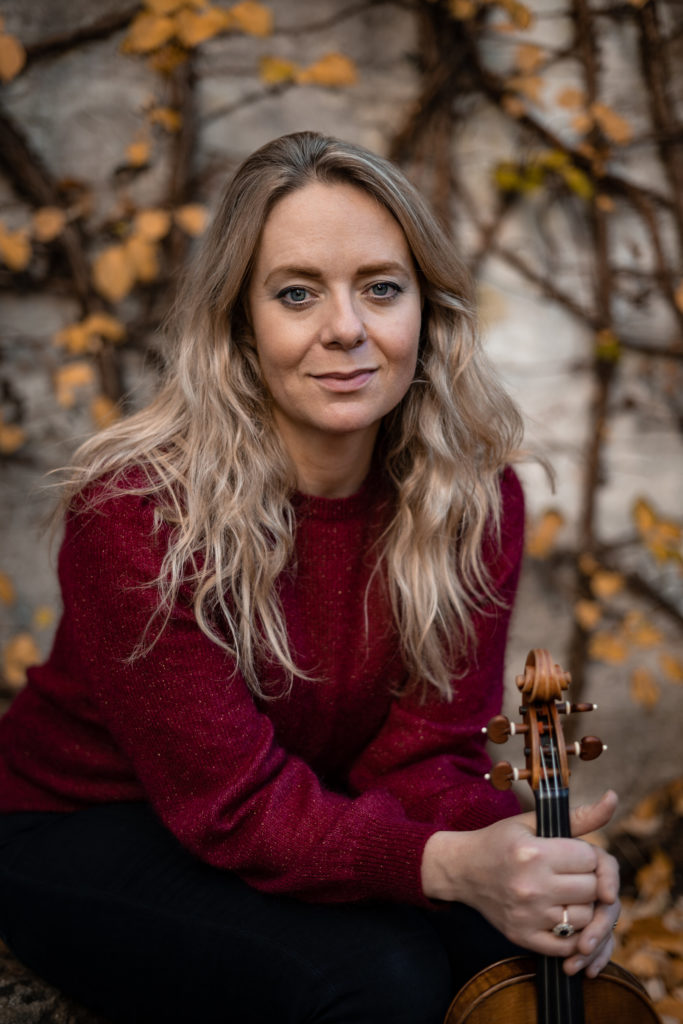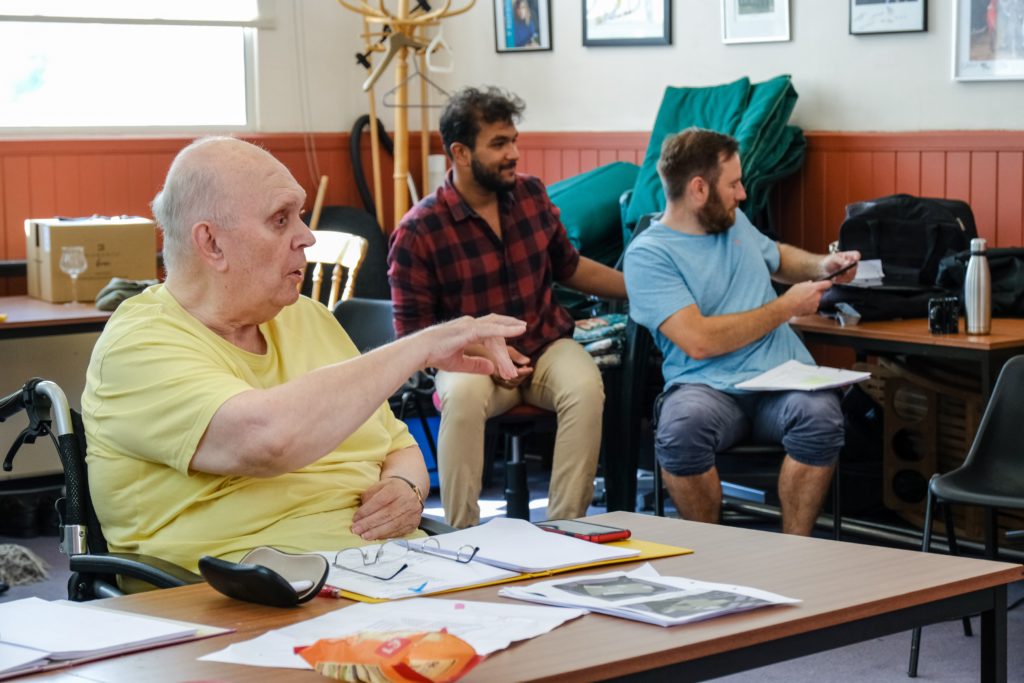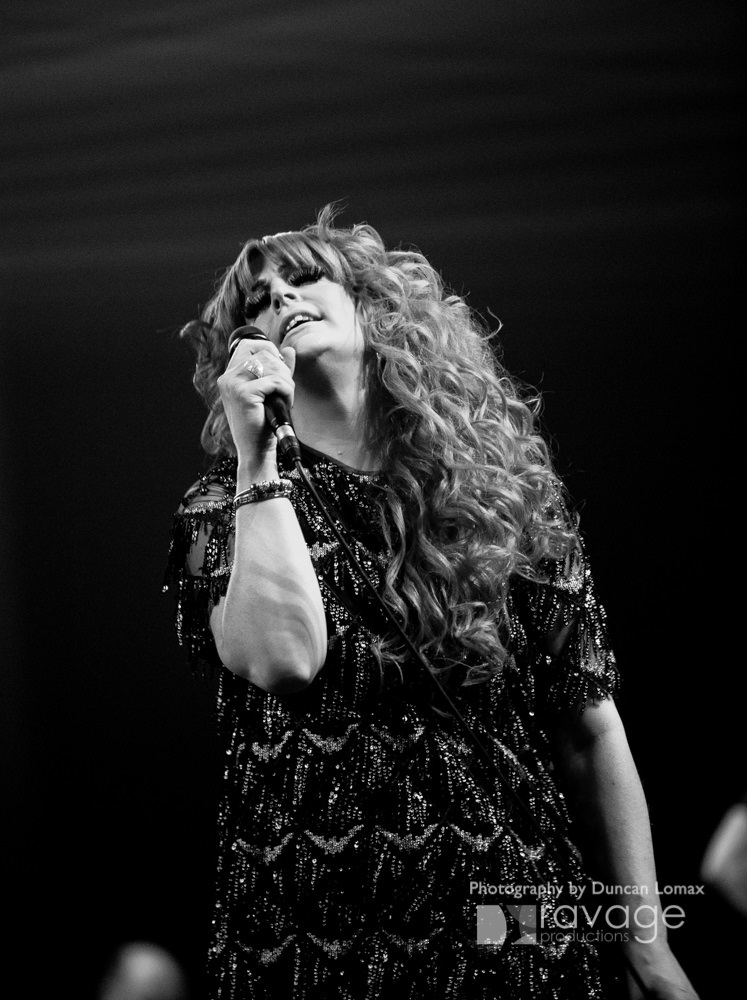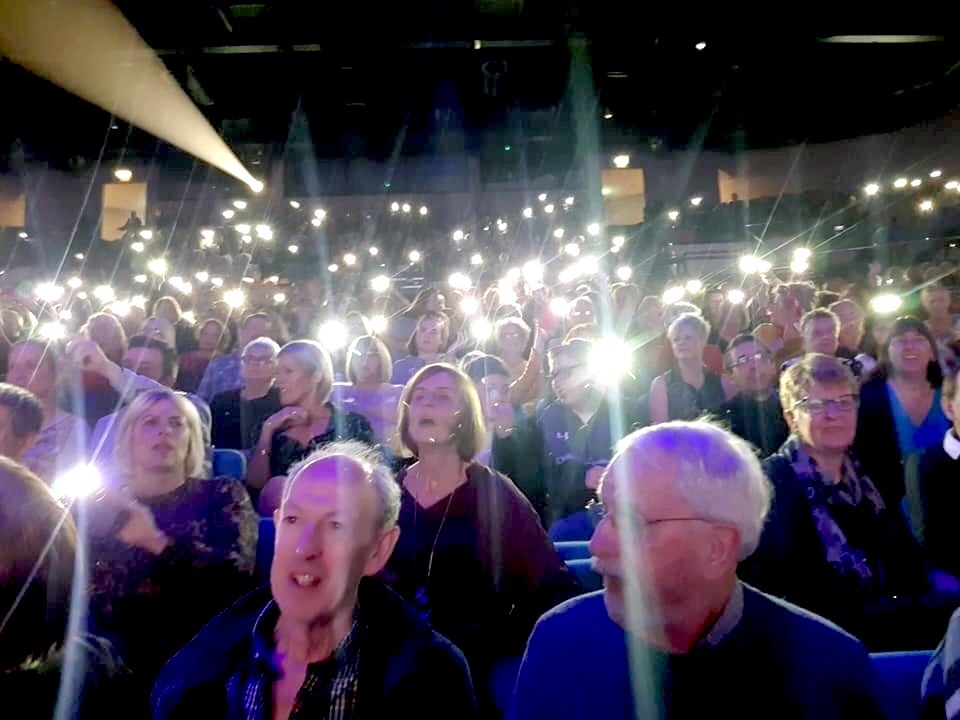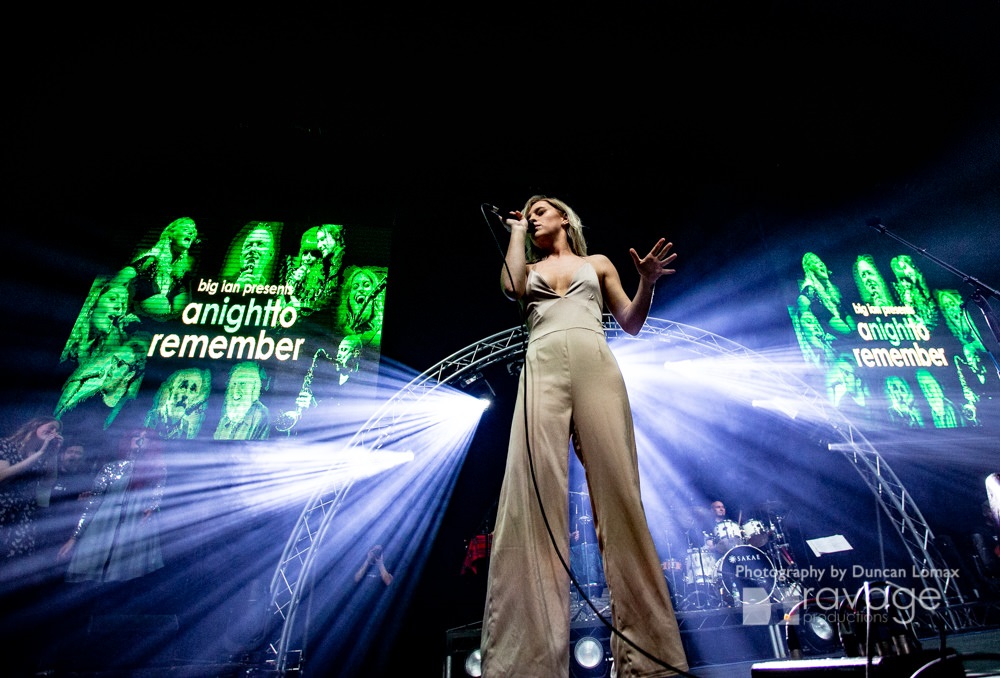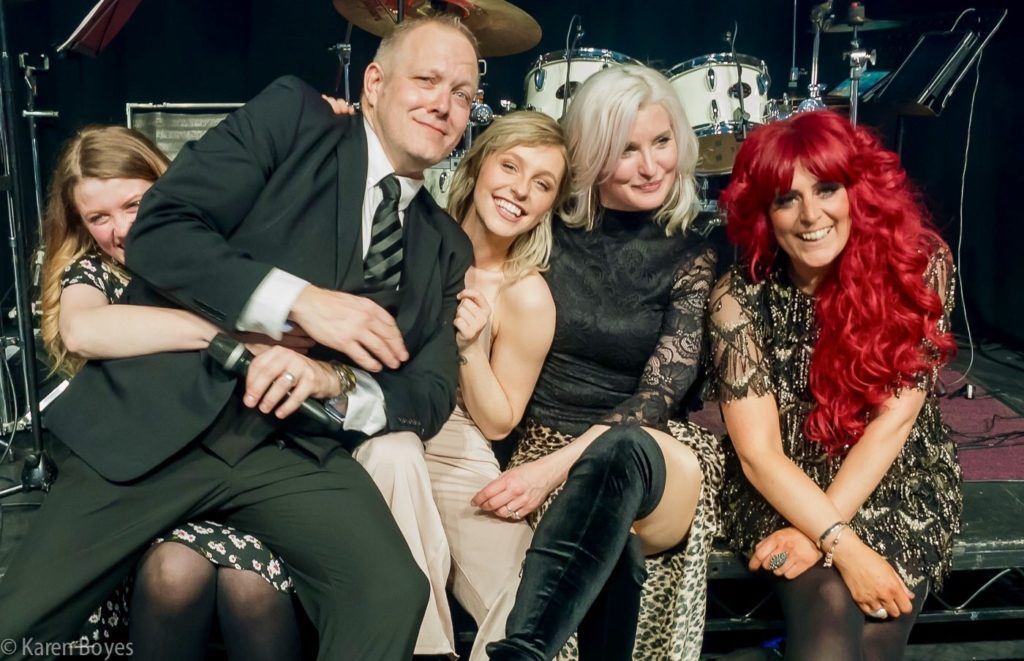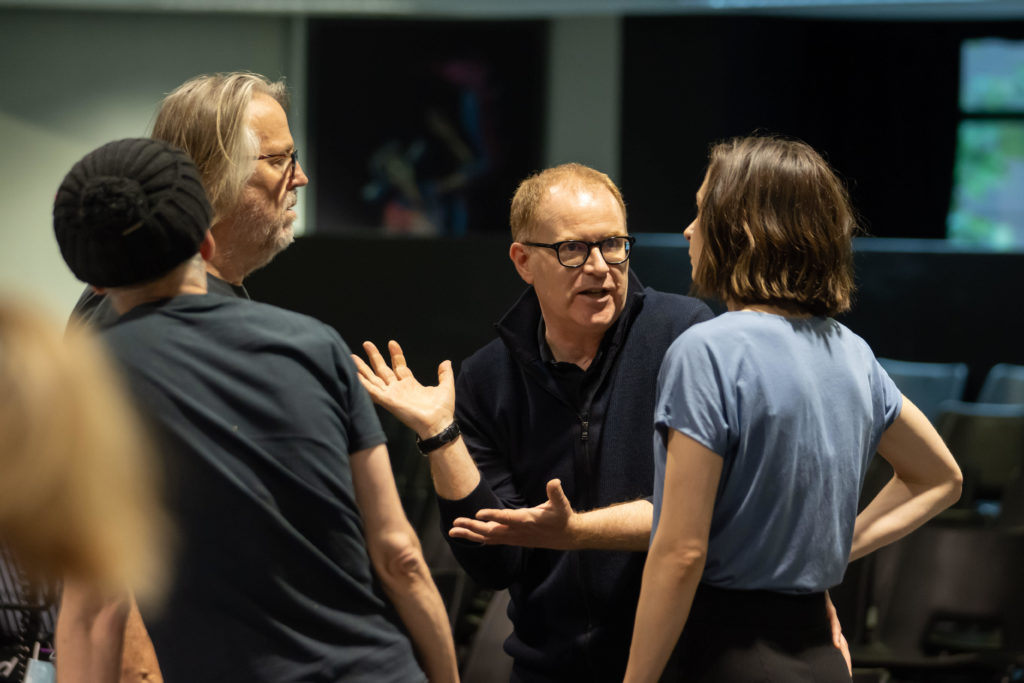
BEFORE Irish writer-director Conor McPherson set to work on his first musical, Bob Dylan’s management company sent him a gift box. Inside were more than 60 CDs by the 2016 Nobel Prize in Literature-winning American singer-songwriter.
What ensued in summer 2017 from the Dublin playwright of The Weir and The Seafarer was Girl From The North Country, the West End and Broadway hit with Olivier and Tony awards to its name, now on its debut tour, next Stop York Theatre Royal from Tuesday.
“It was Dylan’s office that approached me, so I had no idea for a musical or even a play at that stage,” Conor recalls. “I thought, ‘oh, that’s an unusual idea, and initially I was reluctant as I had no experience of doing musicals, but then I had this idea of a doing a Eugene O’Neil-style play set in Minnesota in the 1930s before Dylan was born, so it would be outside his time frame and not directly connected to him.
“The Great Depression was happening, and I had this group of people gathered in a boarding house trying to figure out their lives. I went back to Dylan’s management; they spoke to Bob, who said he really liked it, and then it took off from there.”
McPherson duly constructed an elegiac, uplifting and universal story of family and poverty, love and loss that “boldly reimagines the legendary songs of Bob Dylan like you’ve never heard them before”.
The setting is 1934, when a group of wayward drifters and dreamers find their paths crossing in an enervated boarding house in Dylan’s hometown of Duluth, Minnesota. Standing at a turning point in their lives, they search for a future, hide from the past and face unspoken truths about the present.
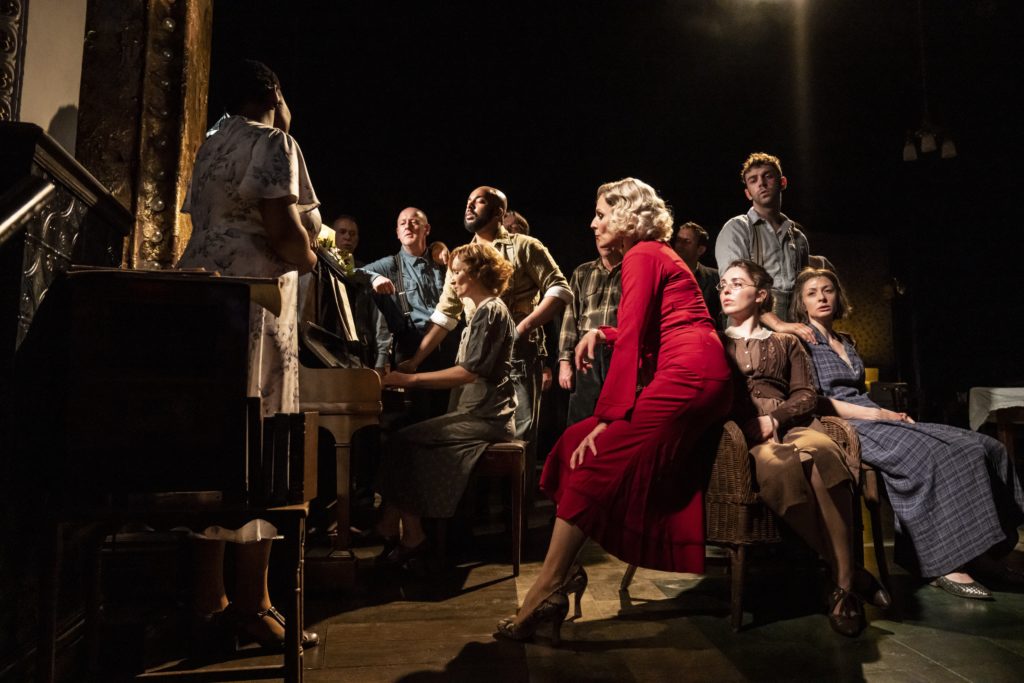
Interwoven into that story are more than 20 of Dylan’s songs. “I was firing into the dark. I’d seen some musicals but it wasn’t something I’d sought to do, but I’m a huge music fan, so using music on stage felt natural to me,” says Conor, who set about listening all 60 of those Dylan albums and was given free rein by Dylan to select songs.
“I knew a good body of Dylan’s work just from having some albums myself. They ranged from the albums of the Sixties to the Seventies, but I hadn’t really listened to much of his album work since then, so I’d listen to them on my walks by the sea, and if something struck me instinctively, if it spoke to me, I’d note it and then made a list of the songs I liked.”
Conor had no preconceptions about what made a song suitable for the musical format. Instead, he evaluated Dylan’s distinctive songwriting. “The thing about Dylan is that the majority of his songs are subjective, providing poetic images but leaving it to the listener to bring meaning and sense to them,” he says.
“That makes him more akin to a literary writer than a pop writer, and the advantage, to me, is that it allows songs to be very malleable as you can put them anywhere and they still mean something to somebody, so in this musical, they reflect each of the characters in different ways.” Perfect for a musical, as it turns out!
In a nutshell, Dylan’s songs have the ring of universality. “He manages to distil his subjective experience into something people relate to. It has the strange, odd contrariness of people’s real thoughts and it’s a language which allows us to transcend our normal way of thinking,” says Conor.
Whereas jukebox musicals are essentially a vehicle for the songs, Conor took a different approach: “We try and wrap our story around his music. Often, I think of them as parables from the Bible in a way, all the little stories that are in the show,” he says. “They are on a simple, human level, rather than being big political statements. It’s Dylan’s artistry that transforms it all into something meaningful.”

When Girl From The North Country opened at the Old Vic, in London, in 2017, artistic director Matthew Warchus told Conor: ‘You’ve really ripped up the musical rule book’. I told him I didn’t know there was one! I wish someone had told me there was,” says Conor.
Such “innocence” worked to his advantage, however. “It’s a bit of a trap to think, ‘let’s do something that’s sure to be a big success’. If it were that easy, there’d just be a sound you’d recognise: ‘oh, that’s a Broadway musical’, but I just had to instinctively follow my nose and just do what felt right,” he says.
Conor’s story is as important to Girl From The North Country as Dylan’s songs, not least because the Great Depression resonates with our era of Covid strictures and now the cost-of-living crisis. “We all wonder how we would cope when the chips are down, because that’s who we really are,” he says.
“When all the distractions of modern life are stripped away, people think, ‘How strong am I?’ The truth is that humans are very resilient and we don’t need a lot of what we think we need. That’s a good thing to know.”
Dylan, by the way, has seen the show “a few times”. His verdict? “To be associated with Conor is one of the highlights of my professional life,” he said. “It goes without saying the man is a genius for putting this thing together and I’m thrilled to be a part of the experience. My songs couldn’t be in better hands.”
Girl From The North Country runs at York Theatre Royal from September 6 to 10, 7.30pm plus 2pm, Thursday, and 2.30pm, Saturday. Box office: 01904 623568 or yorktheatreroyal.co.uk.
Copyright of The Press, York


